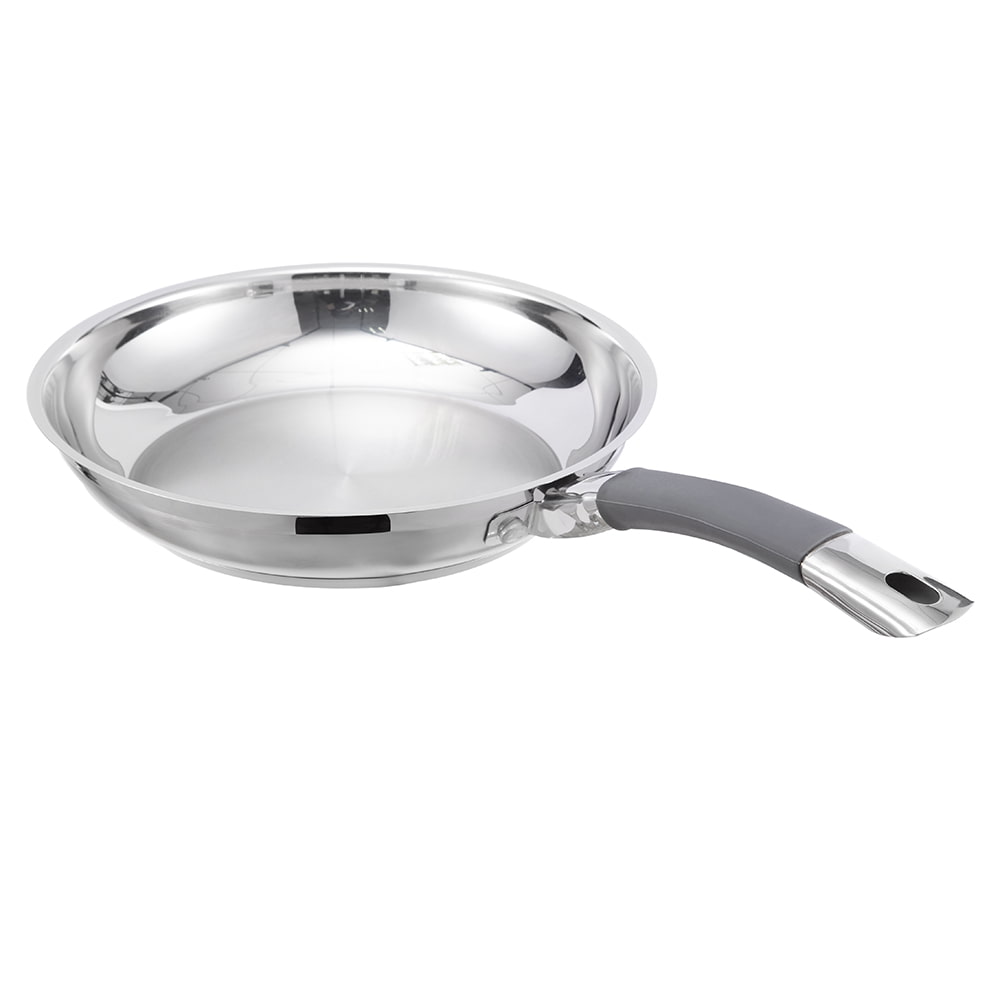In modern kitchens, cookware needs to frequently withstand high-temperature operations such as frying, stir-frying, and deep-frying, which places extremely high demands on the performance and durability of cookware. With its high-temperature resistance and stability, hard anodized cookware stands out among many cookware categories and becomes a leader in coping with harsh use environments. Exploring the principles and advantages behind it will help us deeply understand why this product can perform well in high-temperature cooking scenarios.
Hard anodizing is a process that significantly improves the performance of aluminum cookware through electrochemical means. In a specific acidic electrolyte environment, aluminum cookware is connected to direct current as an anode. Aluminum atoms lose electrons under the action of the electric field and react with oxygen ions in the electrolyte to form a dense and hard aluminum oxide film on the surface of the cookware. This oxide film is not simply attached to the surface of the cookware, but forms a tight chemical bond with the aluminum substrate, just like putting on a layer of solid armor for the cookware. It is not only extremely hard and can resist the scratches of metal spatulas, but more importantly, its special microstructure gives the cookware high temperature resistance.
From a materials science perspective, aluminum oxide has an extremely high melting point (about 2054℃), which is much higher than the temperature that can be reached in daily cooking. This means that during high-temperature cooking processes such as frying, stir-frying, and baking, the oxide film on the surface of hard anodized cookware can maintain a stable solid structure and will not soften or melt due to temperature increases. At the same time, there are evenly distributed tiny pore structures inside the oxide film. These pores will be closed in the later stage of the process, but during the formation process, they help to release the internal stress generated when the cookware is heated. When the cookware expands due to high temperature, these pores provide a buffer space for the tiny deformation of the aluminum material, effectively avoiding the deformation of the cookware caused by concentrated thermal stress.
Compared with ordinary aluminum cookware, hard anodized cookware has a particularly significant advantage in high temperature environments. The melting point of ordinary aluminum is only 660℃. When cooking at high temperatures, especially when it is at high temperatures for a long time, aluminum cookware is very likely to soften and deform. For example, when using an ordinary aluminum pot for long-term stewing, the bottom of the pot may gradually sag due to uneven heating, affecting the cooking effect and the service life of the cookware. The oxide film of hard anodized cookware works synergistically with the aluminum base to form a stable composite structure. The oxide film blocks the high temperature from directly acting on the aluminum material, reducing the actual heating temperature of the aluminum material; at the same time, the high hardness and stability of the oxide film itself provide strong structural support for the cookware, so that the cookware can still maintain good shape and performance at high temperatures. Even in extreme cooking scenarios such as high-temperature frying and teppanyaki, hard anodized cookware can maintain a flat surface and uniform heating effect, ensuring the consistency and safety of food cooking.
In addition, the hard anodizing process also significantly improves the uniformity of heat conduction of the cookware. Aluminum itself is a good thermal conductor, but ordinary aluminum cookware is prone to local overheating at high temperatures. After anodizing, the presence of the oxide film not only enhances the mechanical properties of the cookware, but also improves its thermal conductivity characteristics. The microstructure of the oxide film makes the heat transfer on the surface of the cookware more uniform, reducing the generation of local high-temperature points. This means that during the cooking process, food can be heated in a more stable and uniform temperature environment, avoiding problems such as burning or undercooking of food due to local overheating. Whether it is the uniform high temperature required for frying steaks or the stable low temperature required for slow-cooking dishes, hard anodized cookware can accurately meet cooking needs and show temperature adaptability and stability.
From the actual use scenario, hard anodized cookware has shown strong practicality in both commercial kitchens and home kitchens. In commercial kitchens, chefs need to frequently use high temperatures and high flames to quickly cook a large amount of food, and the high temperature resistance and durability of cookware are extremely high. Hard anodized cookware can withstand continuous high-temperature cooking for several hours without deformation or damage, and continue to maintain efficient cooking performance. In home kitchens, although the cooking intensity is relatively low, the diverse cooking needs also test the performance of cookware. Whether it is high-temperature baking during baking or instant high temperatures during stir-frying, hard anodized cookware can easily cope with it, providing reliable protection for home cooking.
 No. 1, Jingwei Road, Yangcheng Lake Town, Xiangcheng District, Suzhou City, China
No. 1, Jingwei Road, Yangcheng Lake Town, Xiangcheng District, Suzhou City, China [email protected]
[email protected] +86-13913553688
+86-13913553688
 search
search
 中文简体
中文简体 English
English русский
русский Français
Français Español
Español 日本語
日本語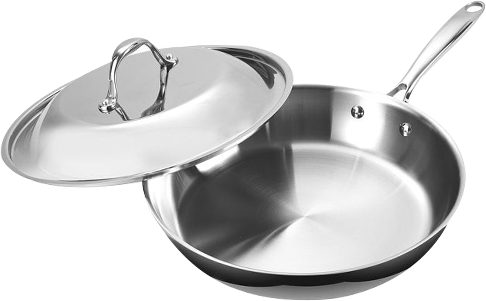
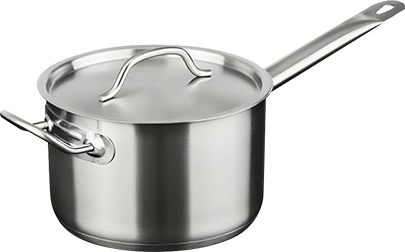
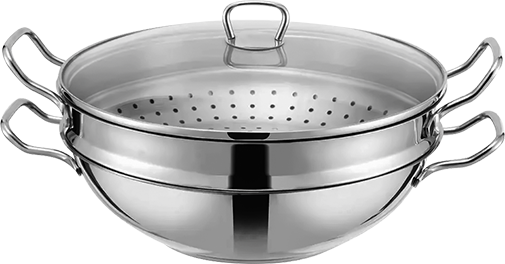
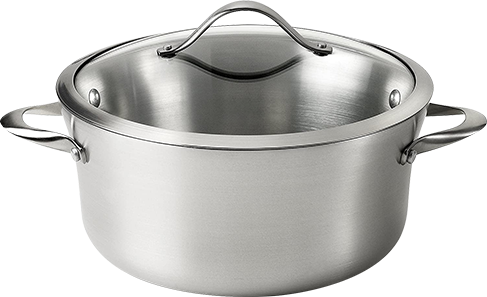



-4.jpg)
-1.jpg)
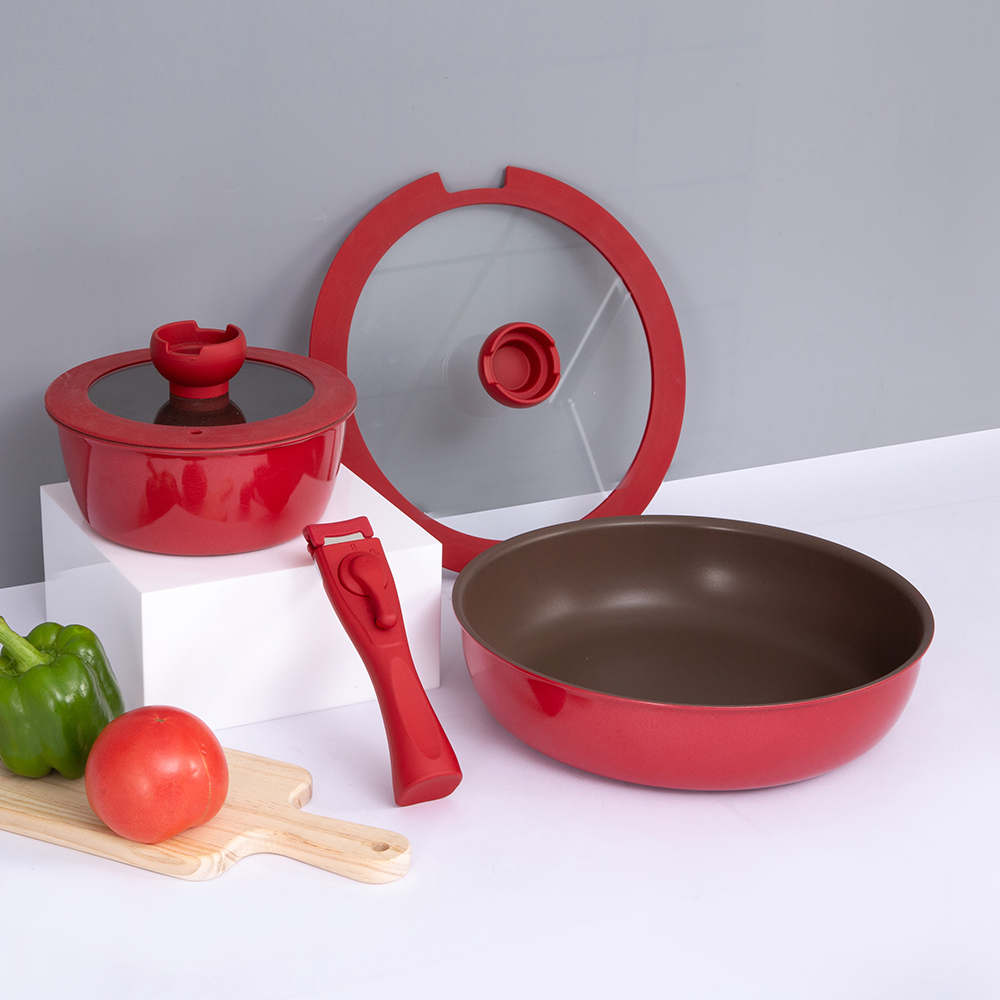
-3.jpg)
-5.jpg)
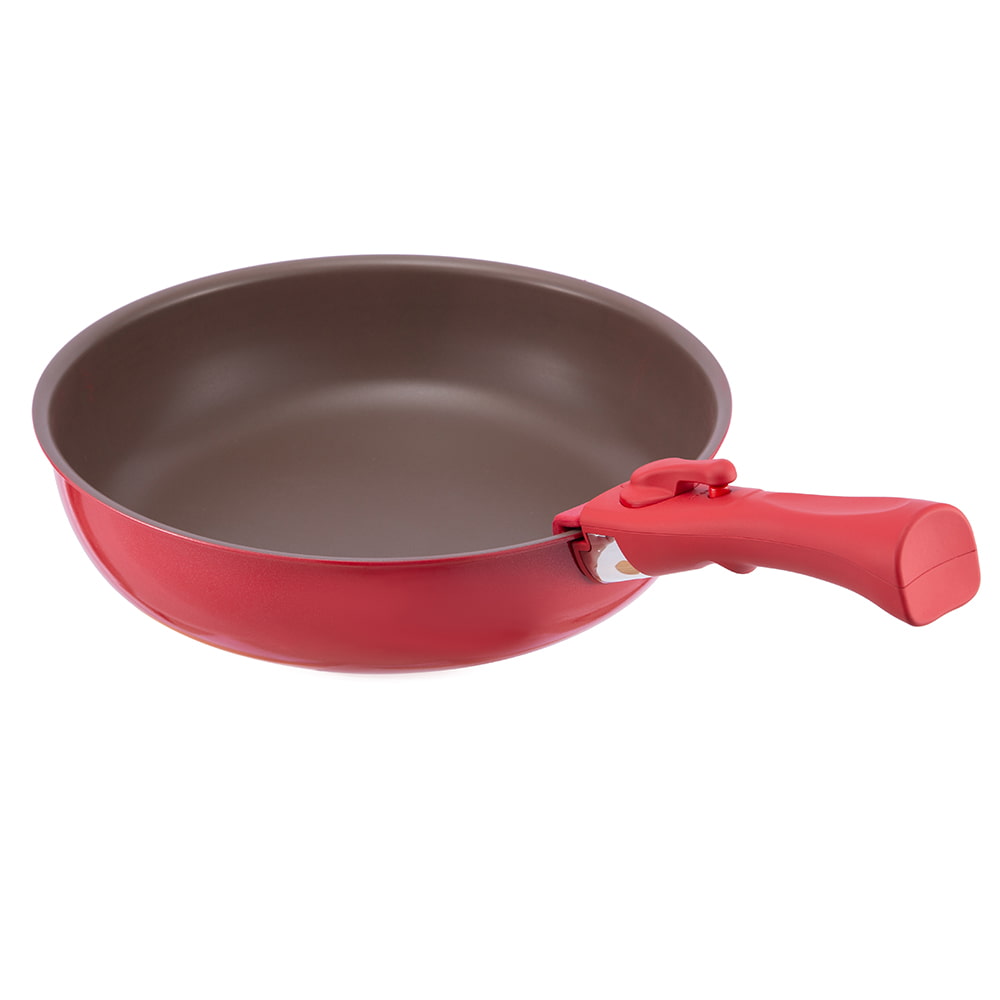
-3.jpg)
-9.jpg)
-3.jpg)
-14.jpg)
